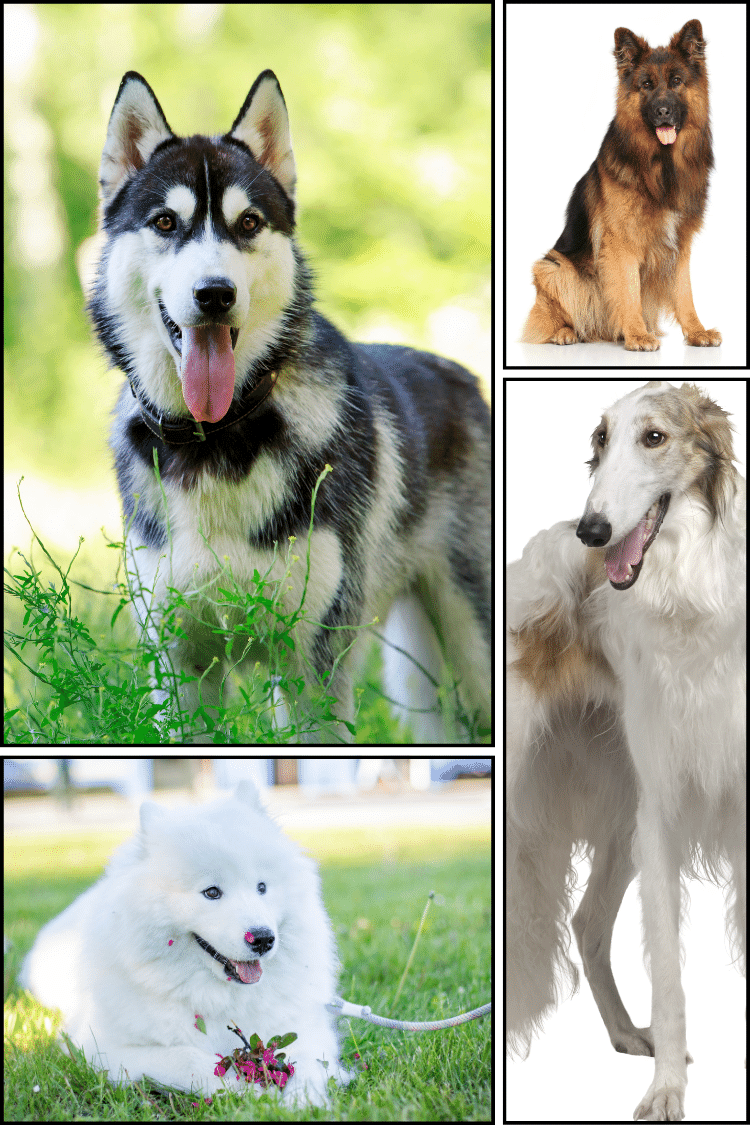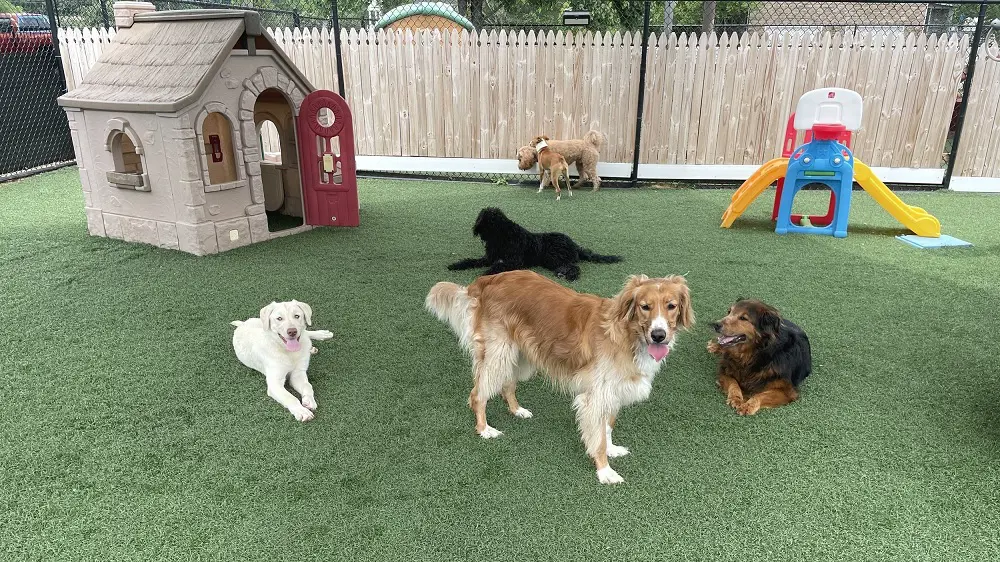18 Symptoms Of Dog Stroke
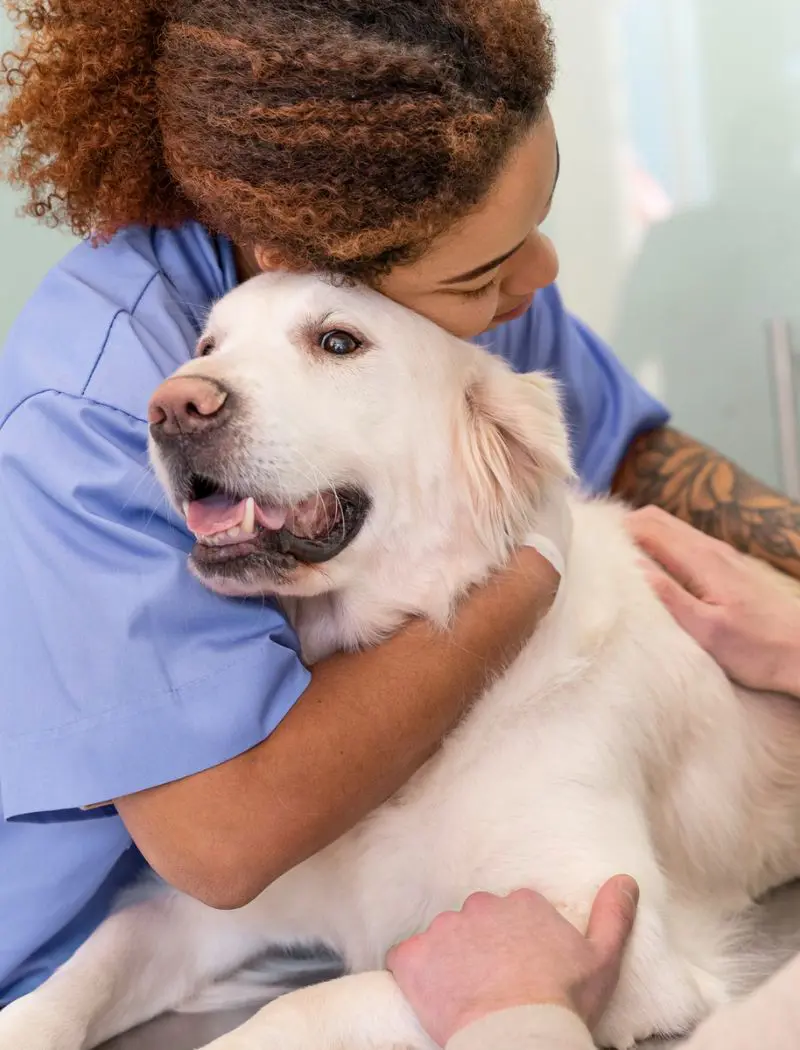
A stroke in dogs is caused by sudden damage in the blood supply to a part of the brain. Strokes in dogs are different from strokes in people but can be serious and fatal.
This article discusses 18 symptoms that a dog may show when suffering from a stroke.
1. Sudden Loss Of Balance
The sudden drop in stability may make it difficult for your dog to stand, walk, or tend to trip. These symptoms can be visible suddenly and may indicate signs of stroke.
When a dog experiences sudden balance loss, it may struggle to cooperate with its movements, leading to a shaky or unsteady pace. This lack of stability can result in the dog frequently falling over or having trouble maintaining a straight path while walking.
2. Head Tilt

A noticeable head tilt in dogs is a notable sign of a neurological problem. This condition can arise suddenly and may be followed by other symptoms such as loss of balance or uncoordinated movements.
A stroke can affect the brain areas responsible for maintaining balance and coordination, causing the dog to slope its head involuntarily.
3. Circling
A dog walking in a circle can be a sign of a stroke. Circling is particularly notable as it reflects a disturbance in the brain's ability to coordinate movements and structural orientation.
During a stroke, blood flow to certain brain regions is interrupted which leads to damage in areas responsible for balance and coordination. The damage can result in the dog walking in circles, typically in one direction.
The direction of the circling often corresponds to the side of the brain affected by the stroke.
4. Incoordination

Unsteadiness can cause trouble coordinating movements and result in clumsiness. This can be a key symptom in dogs suffering from a stroke.
A stroke disrupts blood flow to specific areas of the brain, which impairs the brain's ability to process and execute combined movements. This damage can be seen as an incompetence to perform normal, fluid actions, leading to apparent clumsiness.
Dogs experiencing a stroke may struggle with basic tasks such as walking, standing, or jumping. Their movements may become irregular or unsteady, and they might have difficulty covering their environment.
5. Unresponsiveness
When a stroke occurs, it disrupts blood flow to parts of the brain and affects areas responsible for consciousness and responsiveness. This interruption in blood supply leads to decreased brain function and can result in a dog appearing lazy or semi-conscious.
A dog experiencing this might have trouble waking up from sleep or may not react to normal prompts such as being called, touched, or offered food.
6. Vision Problem

Eyesight problems in dogs following a stroke can be distinct as difficulty seeing clearly, leading to behaviors such as bumping into objects or appearing confused.
When a dog experiences vision problems due to a stroke, it might struggle to cover its surroundings, resulting in frequent collisions with furniture, walls, or other obstacles. The daze can also make the dog appear confused or hesitant.
7. Facial Asymmetry
Facial unevenness in dogs can make the face appear droopy or uneven. A stroke impairs blood flow to specific areas of the brain that control facial muscles and expressions.
This uneven appearance can make the eyelid hand lower, ears droop, or the corner of the mouth sag. It can also make your dog weak or cause paralysis on one side of the face, causing deformity.
8. Seizures
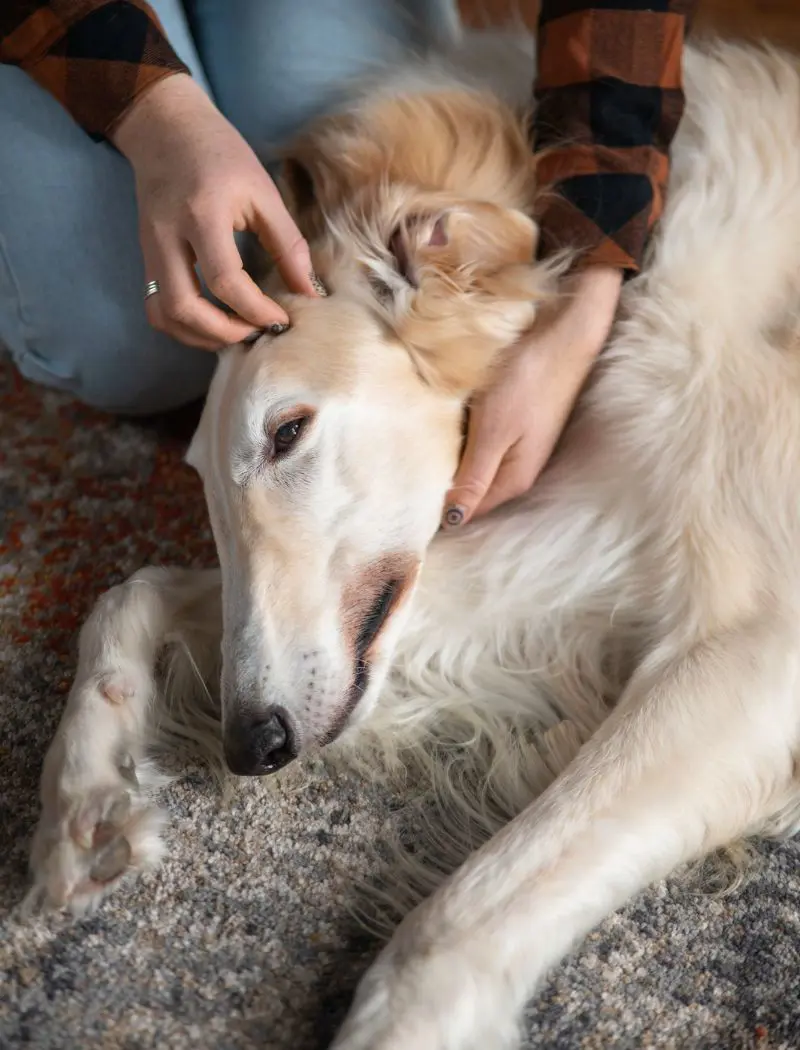
Collapsing, defined by sudden, uncontrollable shaking, can be a serious consequence of a stroke. It disrupts normal blood flow to the brain, causing localized brain damage or altering neural activity.
This disturbance can lead to seizure activity, as the brain's electrical signals become irregular and unstable. During an attack, a dog may experience intense muscle contractions, shivering, or jerking movements.
The episodes vary in duration and intensity, ranging from brief moments of trembling to persistent convulsions.
9. Nausea And Vomiting
Sickness and throwing out can occur as a result of a stroke, reflecting the brain’s disruption of normal function. When a stroke affects the brain, it can impair areas responsible for regulating various bodily functions, including nausea and the vomiting reflex.
Dogs experience nausea and may drool, lick their lips, or suffer from discomfort. This may also be followed up by vomiting.
10. Difficulty Eating Or Drinking

Struggling to eat or drink in dogs through a stroke can be a challenging and concerning symptom. It may cause your dog difficulty in chewing their food properly.
They may have trouble inhaling their food, causing coughing or choking on food and water. Due to this, the dog may refuse to eat, causing nutritional insufficiency.
11. Weakness In One Side Of The Body
Paralysis on one side of the body is a well-known sign of a stroke in dogs. The condition occurs when a stroke disrupts blood flow to specific brain regions responsible for motor control and as a result, the dog may exhibit distinct sickness or loss of function on one side of its body.
The affected side may show signs of reduced muscle strength or helplessness in movement. The dog might also struggle with basic activities such as walking or climbing stairs, favoring the stronger side.
12. Unusual Vocalization
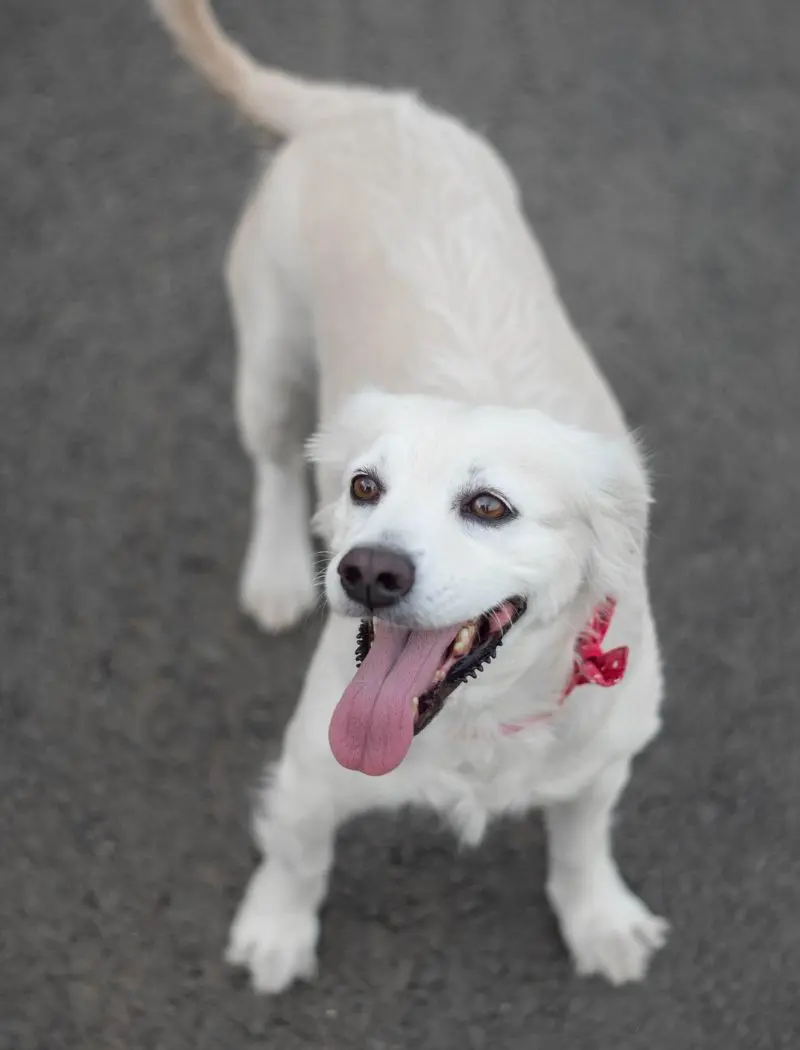
Abnormal remarks such as whining, howling, or making other strange noises, can be a significant indicator of a stroke. When a stroke occurs, it upsets the brain's normal functioning, including the areas responsible for comment and emotional expression.
This disruption can lead to abnormal or unexpected sounds that are not typical for the dog. Dogs experiencing a stroke might vocalize more frequently or in rare ways due to confusion, distress, or difficulty processing sensory details.
In particular, a dog may whine or howl as a result of discomfort or confusion. These expressions can be a response to the neurological damage affecting their perception or emotional state.
13. Altered Consciousness
Adapting awareness in dogs following a stroke can be as obvious as drowsiness, inactivity, or unusual sleepiness. A stroke confuses normal blood flow to the brain, affecting areas responsible for maintaining wakefulness and alertness, making the dog excessively tired, and having difficulty staying awake.
14. Behavioral Changes

Interaction changes in dogs due to a stroke can be quite striking and frightening. A stroke might cause sudden changes in your dog’s usual observation, schedule, and motion that something is seriously wrong.
For example, a generally friendly dog may become unusually forceful or irritable, reacting with bitterness to familiar people or pets. Against it, a normally energetic dog might show signs of dullness, seeming disinterested in activities they once enjoyed.
Dogs may also show marks of confusion or daze, appearing lost in familiar environments or having difficulty covering their own home. You might notice changes in their social communication, such as canceling interactions or avoiding attention.
15. Confusion
Indecision is a common symptom in dogs suffering from a stroke, and it can be defined in several troublesome ways. After a stroke, your dog may appear lost, as if they are unsure of their surroundings or incapable of recognizing familiar people, pets, or places.
In particular, they might wander randomly around the house, apparently lost in spaces they previously guided with ease. This daze can also cause them to have difficulty finding their bed or food and water bowls, leading to increased anxiety and frustration.
Your dog may act weird, such as staring blankly or responding inappropriately to familiar directions and hints.
16. Loss Of Bladder

Bowel control, or unrestraint, can be a disturbing expression of a stroke in dogs. When a stroke occurs, it can affect the areas of the brain responsible for controlling bodily functions, including the ability to regulate urination and excretion.
As a result, dogs may experience sudden occurrences of loss of bladder, which can be evident as wetting themselves without any prior warning or inability to reach their outdoor bathroom area in time. This sudden change can be both physically miserable and emotionally distressing for the dog and its owner.
17. Excessive Drooling
Strokes can damage a dog's ability to manage spit production and consumption. This leads to a visible increment in drooling.
The spit may accumulate around the mouth, causing wetness in the fur and leading to skin irritation. This also causes difficulty in eating, making dogs lose weight.
18. Difficulty Breathing

Trouble inhaling can be a concerning sign if your dog has had a stroke. A stroke can impact various brain functions, including those that regulate respiratory patterns.
Thus, you might observe that your dog's breathing becomes irregular, shallow, or unnatural. Your dog might show signs of respiratory distress, such as panting excessively, struggling to catch their breath, or laying out an observable effort in breathing.
Top Lists




